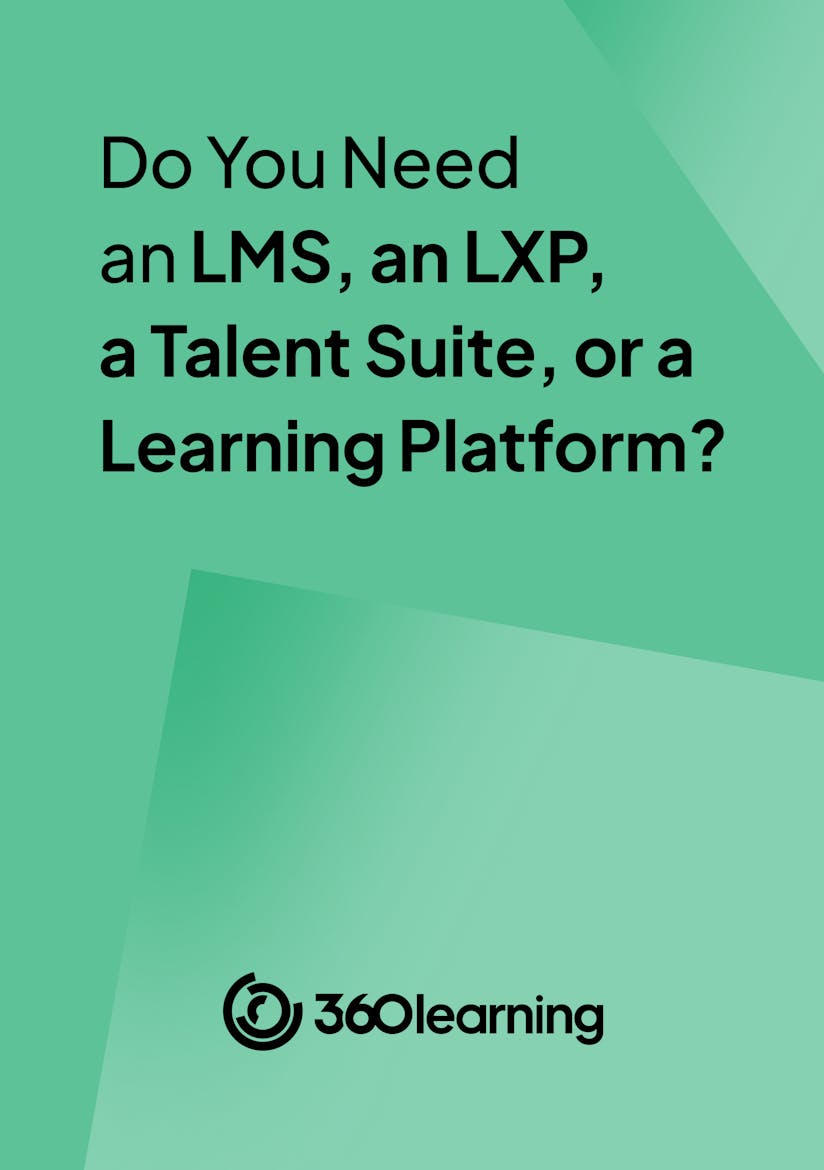Discover the learning platform powered by collaborative learning.
A 15-minute discussion with an expert
100% tailored to your needs - with ❤️
No commitment. Free as can be.
"The only true wisdom is in knowing you know nothing". In the good old days of Socrates, this maxim probably sounded like an epiphany. But today, between having to keep up with tech trends and faster innovation cycles, many employees probably feel this way on a daily basis.
To better address these aspects of digital transformation and other macro-dynamics, including growing market competition and a general shortage of specialist expertise, leading organizations embrace corporate training strategies that ensure superior flexibility and cost-efficiency.
One of these alternative approaches is that of ongoing learning or continuous learning, which replaces the typical one-shot sessions or short-term programs of traditional training with virtually never-ending development journeys encompassing projects, case studies, simulations, stretch assignments, and more. Let’s find out why HRM software may be the right tool to fully support a continuous learning strategy.

By providing your contact info, you agree to receive communications from 360Learning. You can opt-out at any time. For details, refer to our Privacy Policy.
HRM systems (similar to HCM and HRIS systems) are very comprehensive tools, with a wide range of potential features designed to enable ongoing learning. You should also keep in mind that customers in need of robust L&D-related capabilities or particular functionalities often opt to integrate their HRM system with software solutions specifically designed for online education, such as an LMS (learning management systems) and content authoring-focused LCMS (learning content management systems).
We’re concentrating this article on the main HRM features we think are most useful to fostering ongoing learning—but keep in mind that a standalone LMS or LCMS may be the best option for those looking for more robust capabilities. In that case, an integrated solution between platforms is probably your best bet.
Below, we split HRM features into four macro-groups: corporate training administration, learning content management, learning experience, and analytics and reporting. However, we recommend you rely on a consulting team specialized in HR software development to define the best feature set for your business needs.
Ongoing learning in a corporate training scenario requires continuous management efforts. Therefore, let's start our overview with all those features enabling the effective organization and long-term provision of educational services. Here are some of the most common ones:
While software such as LCMS are generally superior to HRMS in terms of content management, the latter can still be equipped with several features designed for this purpose.
Such functionalities represent a mainstay of the "push" knowledge management strategy, namely the codification of professional knowledge into eLearning content, which can be used by corporate staff as information sources later on to keep up to date. This makes these features extremely valuable from an ongoing learning perspective.
The general trend in modern education, including corporate training, is to shift the focus more and more to learners. This learner-centered strategy results in the growing implementation of feature sets aimed at enhancing the learner experience and making training enticing even in the long run, as the ongoing learning approach requires:
Since we've just mentioned the importance of data analytics in personalizing and readjusting the learning experience, let's expand this topic to all those HRMS features leveraging data to improve the quality, impact, and return on investment of your ongoing learning programs.
The role of these functionalities consists of gathering data from your corporate systems or any other integrated sources, processing it to extract meaningful insights, and visualizing such information through intuitive dashboards, charts, and other graphic representations for easier sharing and reporting.
After this overview of the most significant HRMS features to support ongoing learning, let's sum up the key advantages of their combined implementation:
While technology certainly plays a leading role in reshaping our careers, workplaces, and the job market, it also provides us with a variety of software solutions to better deal with mass digitization and foster the adoption of innovative training approaches like ongoing learning.
HRM software represents a striking example of this fruitful combination. However, keep in mind that despite the holistic nature of HRMS and the possibility of equipping these systems with comprehensive eLearning modules and a full spectrum of built-in features, they are not the only solution available.
For example, you may opt for integration between your HRMS and the aforementioned LCMS or corporate LMS. The choice, of course, will depend on your specific requirements and business scenario. If you think that 360Learning might well be your LMS of choice, you can get your free demo below to learn more:
A 15-minute discussion with an expert
100% tailored to your needs - with ❤️
No commitment. Free as can be.
By providing your contact info, you agree to receive communications from 360Learning. You can opt-out at any time. For details, refer to our Privacy Policy.